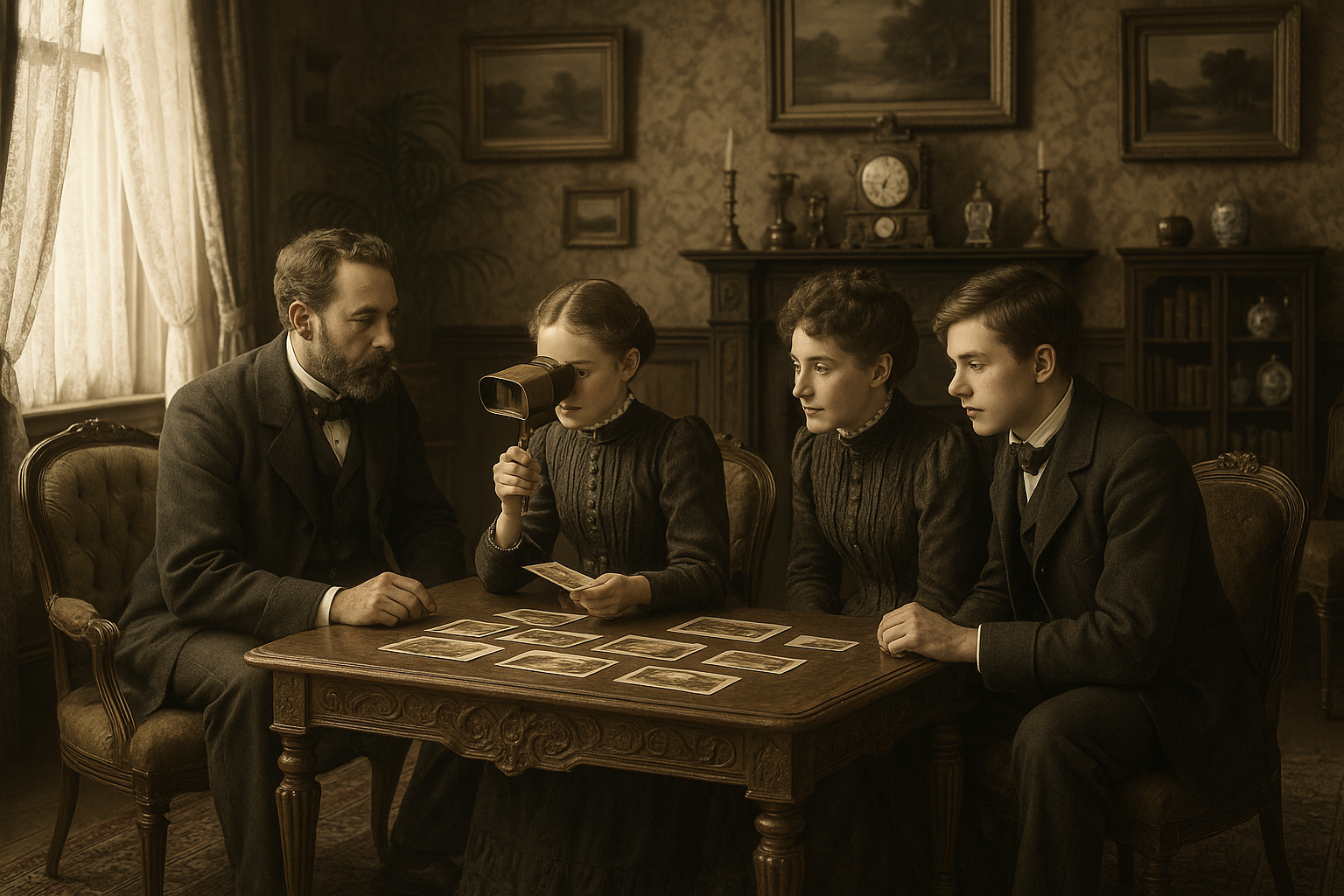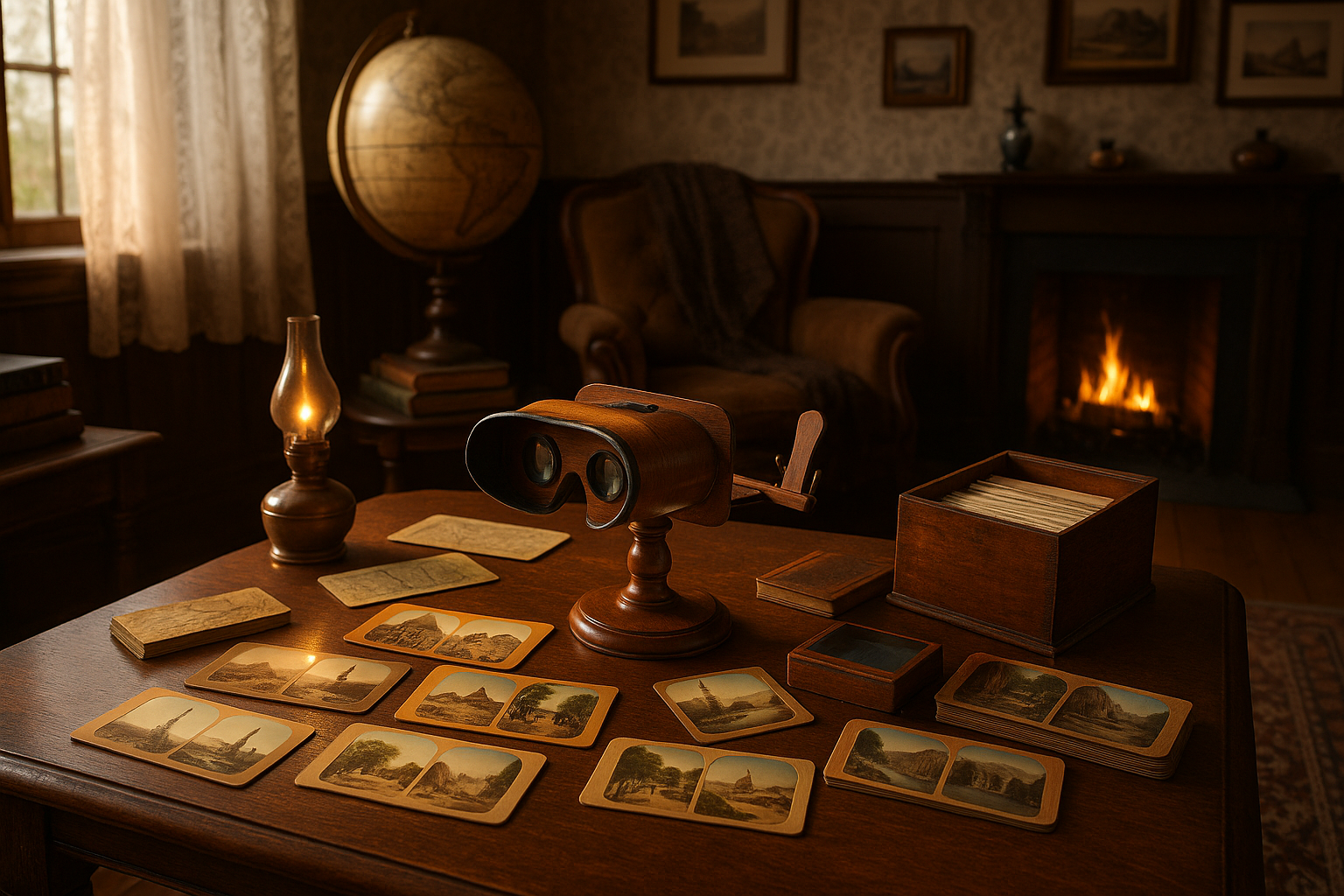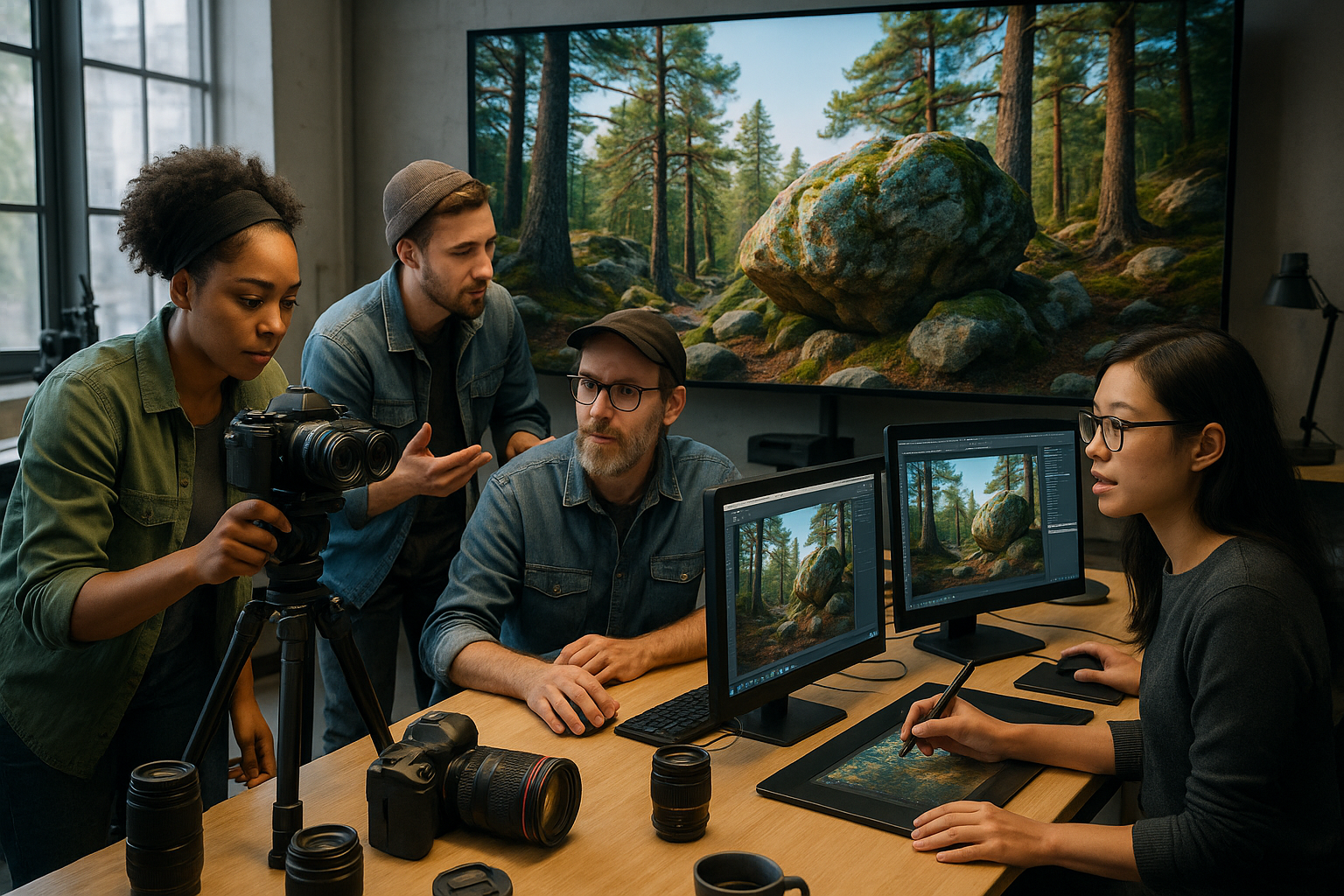In an age where GPS devices and satellite navigation systems dominate our lives, guiding us effortlessly from point A to point B, it’s hard to imagine a time when navigating the vast and unpredictable seas was a feat of remarkable ingenuity and courage. Picture yourself aboard a majestic sailing ship, the horizon stretching endlessly in all directions, with only the sun, stars, and your own intuition to guide you. Now, imagine discovering an ancient tool that could revolutionize the way you traverse the oceans, a tool that combines the elegance of art with the precision of science: the camera obscura. 📸🌊
The concept of the camera obscura, often associated with early photography, traces its origins back to antiquity. Yet, its application as a navigational aid has largely remained an enigma. This ingenious device, essentially a dark chamber with a small aperture that projects an inverted image of the outside world onto a surface, can transform the daunting task of sea navigation into a visual experience. By harnessing natural light and perspective, mariners of old could create rudimentary maps and charts with surprising accuracy. This article embarks on a journey to unravel the mysteries of the camera obscura, exploring how it served as an indispensable tool for explorers and adventurers seeking to conquer the unknown waters.
The Origins of Camera Obscura: An Ancient Marvel
Long before the advent of modern navigation tools, ancient civilizations relied on various methods to traverse the vast and often unpredictable seas. One such method, rooted in both science and art, was the use of the camera obscura. The camera obscura, which translates to “dark room” in Latin, is a natural optical phenomenon that has intrigued scientists and artists alike for centuries. Its basic principle is simple: a small hole in a darkened room projects an inverted image of the outside world onto a surface inside. This phenomenon is the precursor to the modern camera and plays a pivotal role in the history of navigation.
In its earliest forms, the camera obscura was not used for navigation. Instead, it served as a tool for artists to accurately capture scenes and perspectives, aiding in the creation of more realistic drawings and paintings. However, the curiosity and ingenuity of human nature led to the exploration of its potential beyond the realm of art. Navigators began to experiment with the camera obscura, realizing that its ability to project images could be harnessed for maritime purposes.
The idea of using the camera obscura for navigation was revolutionary. By projecting the image of the stars or the sun, navigators could determine their position at sea with unprecedented accuracy. This method was especially useful before the invention of more advanced navigational tools like the sextant and the chronometer. The camera obscura thus became an essential tool for explorers seeking to expand their horizons, literally and figuratively.
The Science Behind Camera Obscura
Understanding the science behind the camera obscura is crucial to appreciating its role in navigation. The phenomenon relies on the principles of light and optics. When light passes through a small aperture into a darkened space, it travels in straight lines and projects an inverted image of the outside scene onto a surface within. This simple yet profound principle laid the foundation for the development of optical devices throughout history.
In the context of navigation, the camera obscura offered a unique advantage. By using a small, portable version of the device, navigators could project the image of celestial bodies like the sun, moon, or stars. This projection allowed them to measure angles and distances with remarkable precision, aiding in the determination of their latitude and longitude at sea. The ability to accurately gauge one’s position was a significant leap forward in maritime exploration.
Table: Comparison of Navigational Tools
| Tool | Primary Use | Era of Use | Advantages |
|---|---|---|---|
| Camera Obscura | Projection of celestial images | Ancient to Early Modern | Accurate position determination |
| Sextant | Measuring celestial angles | 18th Century to Present | Precision and portability |
| Chronometer | Timekeeping for longitude | 18th Century to Present | Improved longitude accuracy |
For a more visual explanation of how the camera obscura works, watch this informative video from the Science Channel: Camera Obscura Explained.
Practical Applications and Limitations
While the camera obscura offered significant advancements in navigation, it was not without its limitations. Its effectiveness depended heavily on clear skies and visible celestial bodies, which meant that cloudy weather or storms could hinder its use. Additionally, the device required a stable platform to ensure accurate projections, a challenging feat on the often turbulent seas.
Despite these limitations, navigators of the time developed techniques to maximize the utility of the camera obscura. They learned to interpret the projections with skill and precision, compensating for the device’s inherent weaknesses. The advent of more advanced tools eventually diminished the reliance on the camera obscura, but its legacy in the field of navigation remains indelible.
The evolution of navigation technology can be seen as a testament to human ingenuity and adaptability. From the camera obscura to the GPS systems of today, each advancement builds upon the knowledge and achievements of the past. The camera obscura, in particular, stands as a symbol of the intersection between art, science, and exploration.

Conclusion
Unlock the Mystery of Navigation with Camera Obscura: A Revolutionary Tool for Navigating the Seas
In reflecting upon the intricate journey of human navigation and the revolutionary influence of the camera obscura, we unveil a captivating narrative that bridges ancient practices with modern scientific understanding. The article delved into the profound impact this optical device had on seafaring, offering readers a deep dive into the fusion of art, science, and exploration.
Throughout the article, we examined how the camera obscura served as a crucial instrument in developing navigational maps and charts. Its ability to capture and project accurate representations of the external environment allowed for meticulous mapping of coastlines and the stars. As a result, navigators could predict and chart courses with enhanced precision, leading to the era of exploration that expanded trade routes and cultural exchanges. These developments laid the foundation for our globalized world, showcasing the interconnectedness of scientific progress and human ambition.
Moreover, the article highlighted notable historical figures who harnessed the power of the camera obscura. Visionaries like Leonardo da Vinci and Johannes Kepler expanded its application beyond navigation, contributing to advancements in optics and art. Their work illustrates the interdisciplinary nature of the camera obscura, merging artistic vision with scientific inquiry. This cross-pollination of ideas underscores the timeless relevance of integrating diverse fields to foster innovation.
The discussion also ventured into the philosophical implications of the camera obscura. As a metaphor for perception and reality, it challenges us to question how we interpret the world around us. By providing a tangible representation of our environment, it prompts introspection about the nature of observation and understanding, encouraging a deeper engagement with the mysteries of our universe.
The enduring legacy of the camera obscura is evident in its influence on modern technologies. It laid the groundwork for the development of cameras and visual media, transforming how we document and share experiences. Its principles continue to inspire contemporary innovations in optical and imaging technologies, reminding us of the enduring impact of historical inventions on current scientific endeavors.
In conclusion, the camera obscura is not merely a relic of the past but a testament to human curiosity and ingenuity. Its application in navigation exemplifies how simple tools can transform our understanding of the world, enabling extraordinary achievements. The exploration of its multifaceted contributions serves as a reminder of the importance of curiosity-driven inquiry and interdisciplinary collaboration in solving complex challenges.
We encourage you, dear reader, to reflect on the remarkable journey of the camera obscura and its impact on navigation. Consider how the themes of exploration and innovation resonate in your own life and work. Share your thoughts and insights with others to inspire continued curiosity and creativity. Let us honor the legacy of the camera obscura by embracing the spirit of exploration and seeking new horizons in our own pursuits. 🌍✨
For further reading and exploration on the subject, visit these active resources:
1. [The History and Science of the Camera Obscura](https://www.bbc.com/news/science-environment-17623520)
2. [Navigation and the Art of the Camera Obscura](https://www.rmg.co.uk/stories/blog/understanding-camera-obscura)
3. [The Legacy of Leonardo da Vinci in Optics](https://www.leonardodavinci.net/)
4. [Exploring the Interplay of Art and Science](https://www.tate.org.uk/art/art-terms/o/optics)
Thank you for joining us on this enlightening voyage. We hope the insights gained will inspire you to look at the world with a renewed sense of wonder and possibility. 🚀
Toni Santos is a visual historian and artisan whose creative lens is captivated by the forgotten marvels of antique optical devices. Through his thoughtful storytelling, Toni revives the instruments that once transformed light into wonder—camera obscuras, magic lanterns, kaleidoscopes, and other ingenious tools that shaped our earliest visual imaginations.
His journey is rooted in a fascination with how humans have long sought to bend, reflect, and reveal the unseen. Whether tracing the mechanical poetry of 19th-century projectors or illustrating the tactile elegance of early lenses, Toni’s work invites us to see vision itself as an evolving art form.
Blending handcrafted design with historical inquiry, Toni brings to life the material soul of these devices—celebrating not just how they functioned, but what they meant. His creations and curated stories illuminate a world where science, illusion, and beauty were intricately linked through glass and brass.
As the curator of Vizovex, Toni shares detailed studies, reconstructed artifacts, and immersive content that help others rediscover the origins of visual technology and the magic of analog perception.
His work is a tribute to:
The craftsmanship behind early visual instruments
The wonder of seeing through the eyes of another century
The intersection of optics, art, and imagination
Whether you’re a collector, a designer, or someone drawn to the lost poetry of vision, Toni welcomes you into a world where light is a storyteller—one prism, one lens, one forgotten invention at a time.





